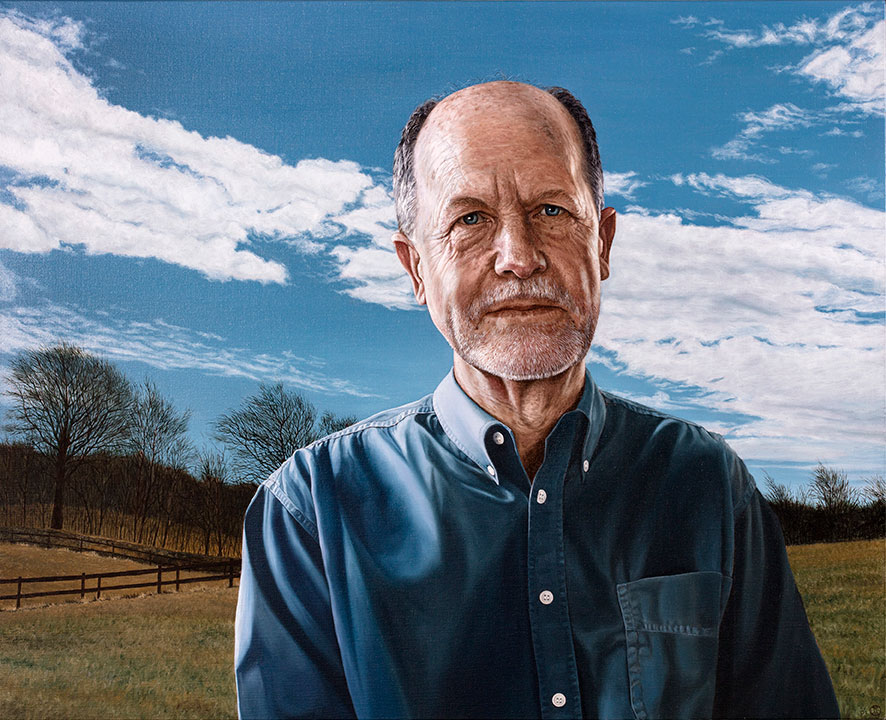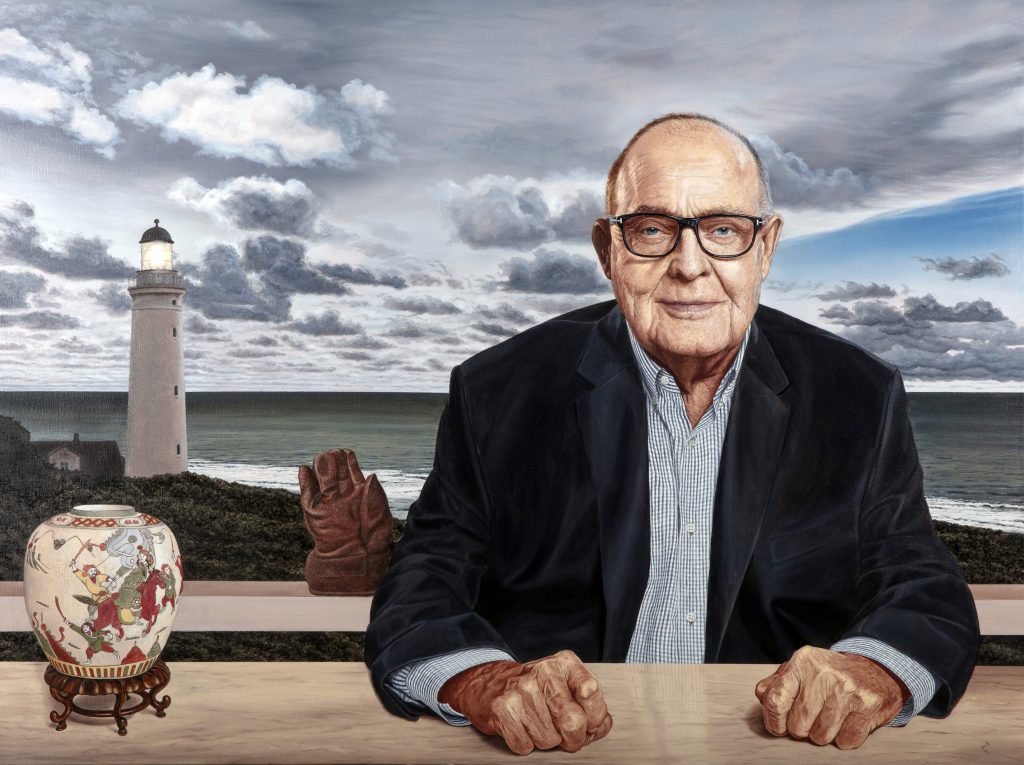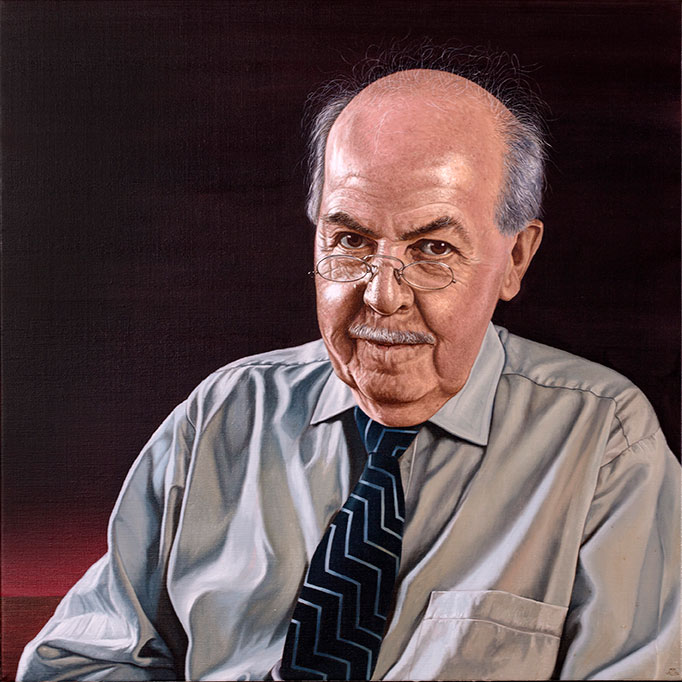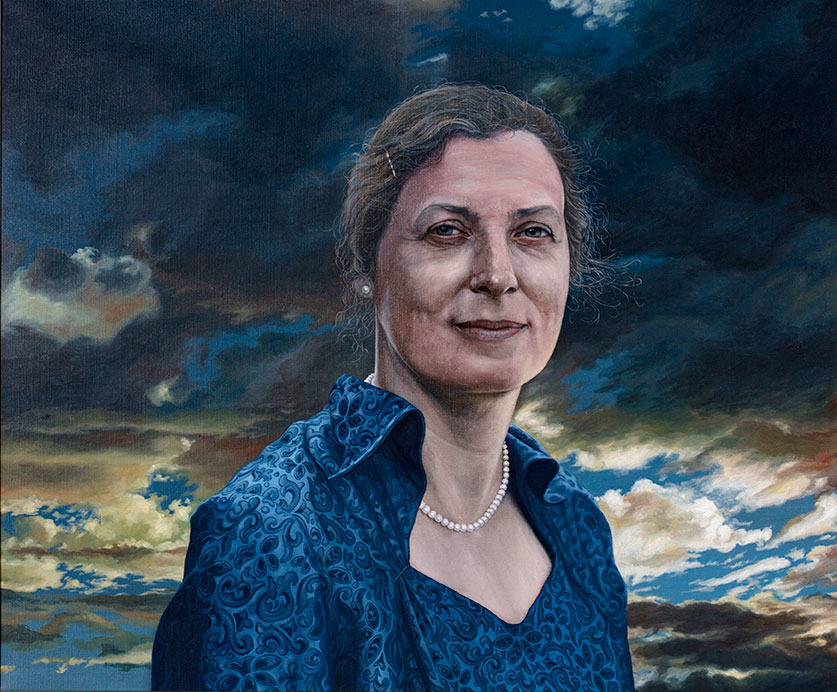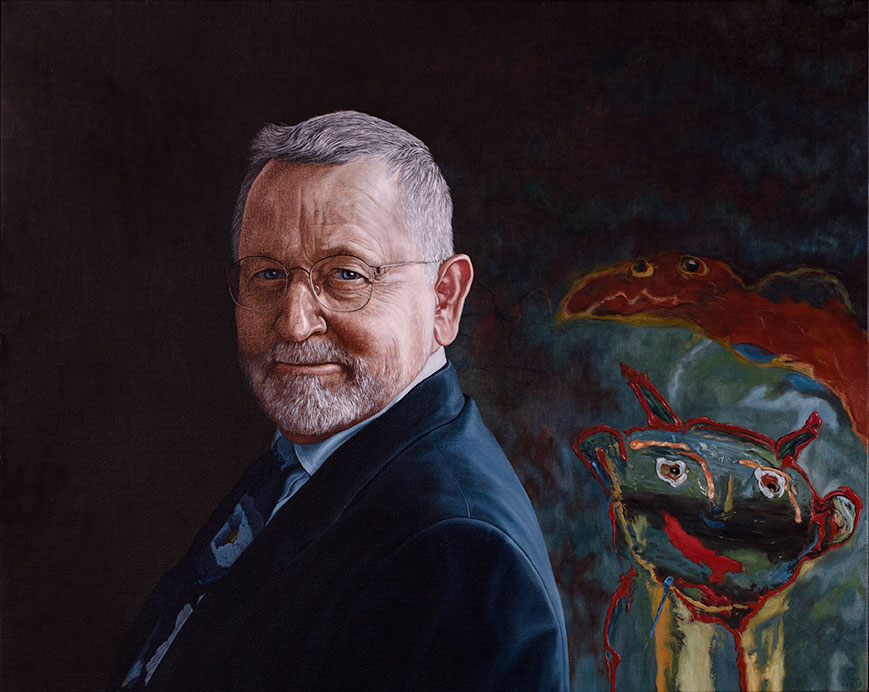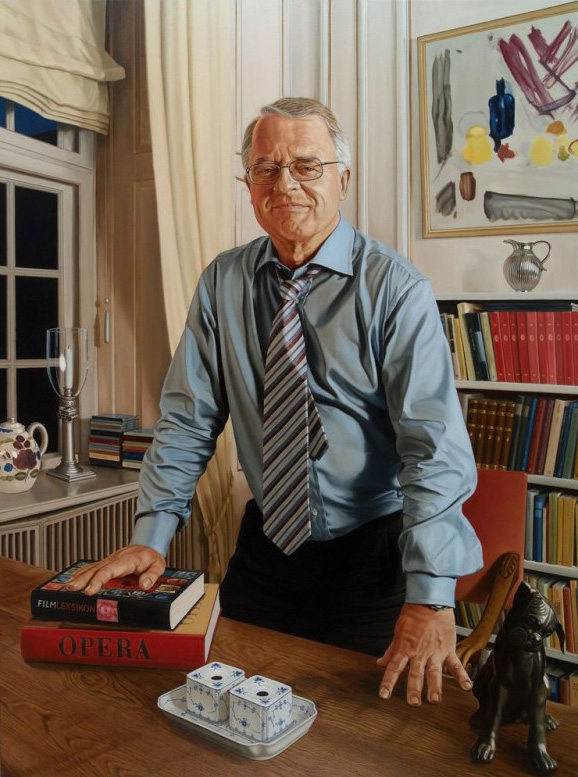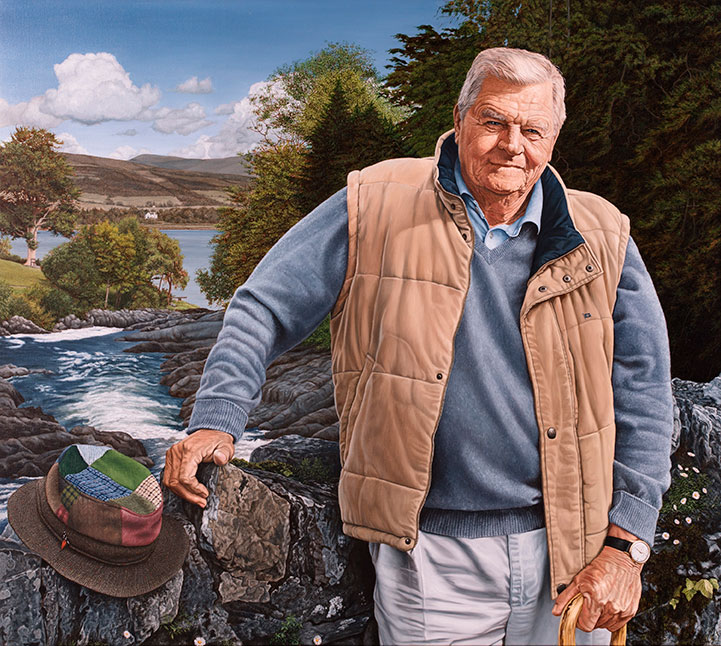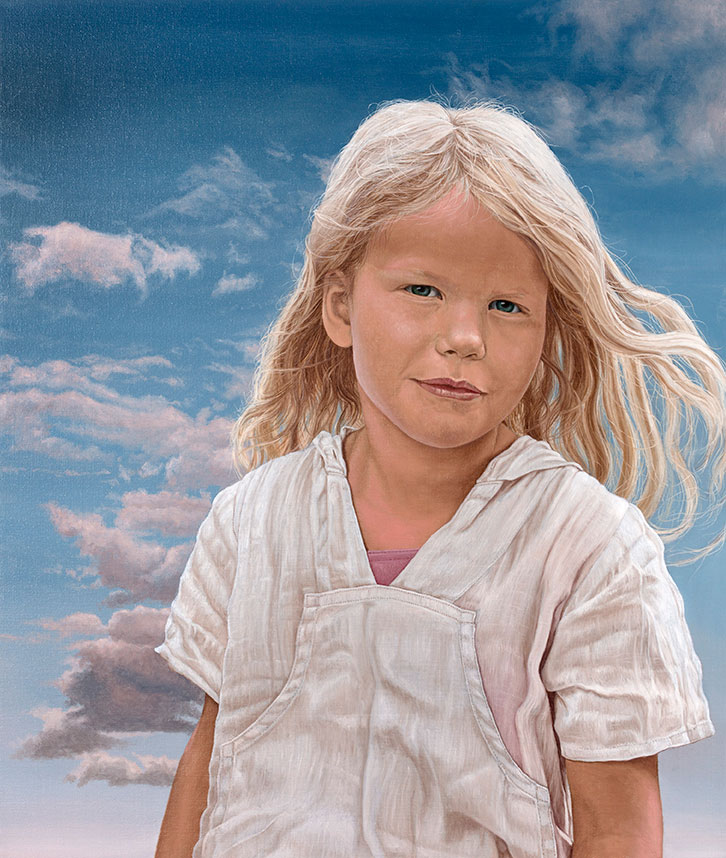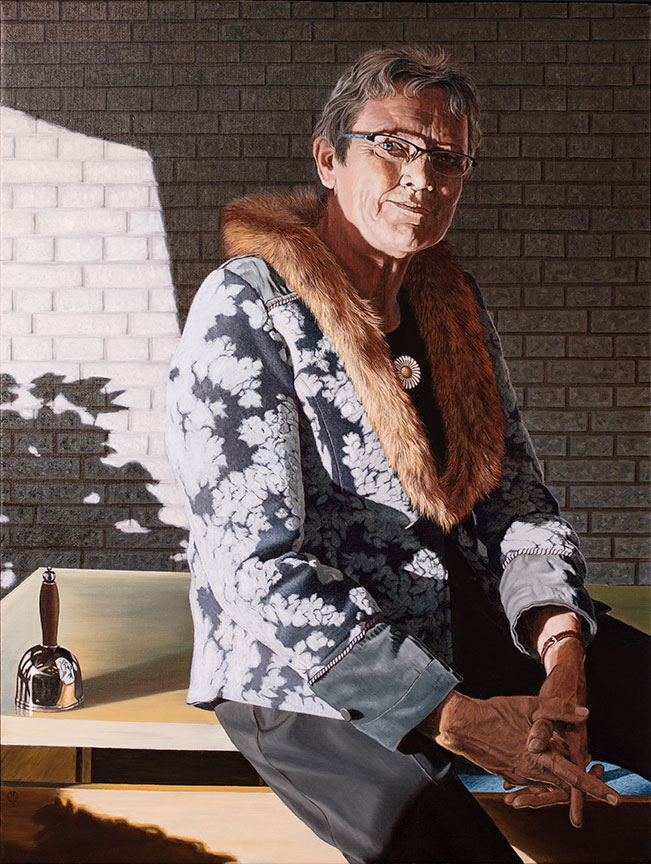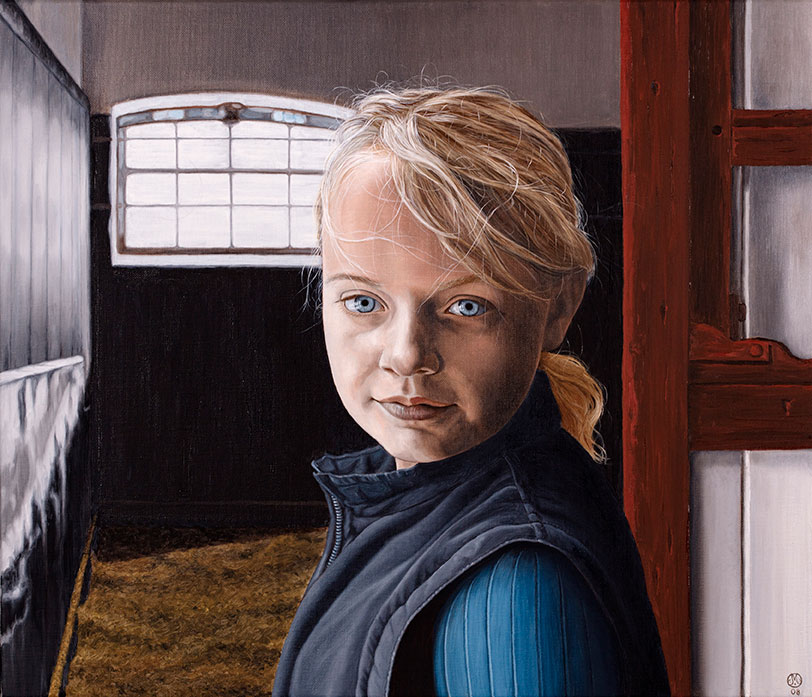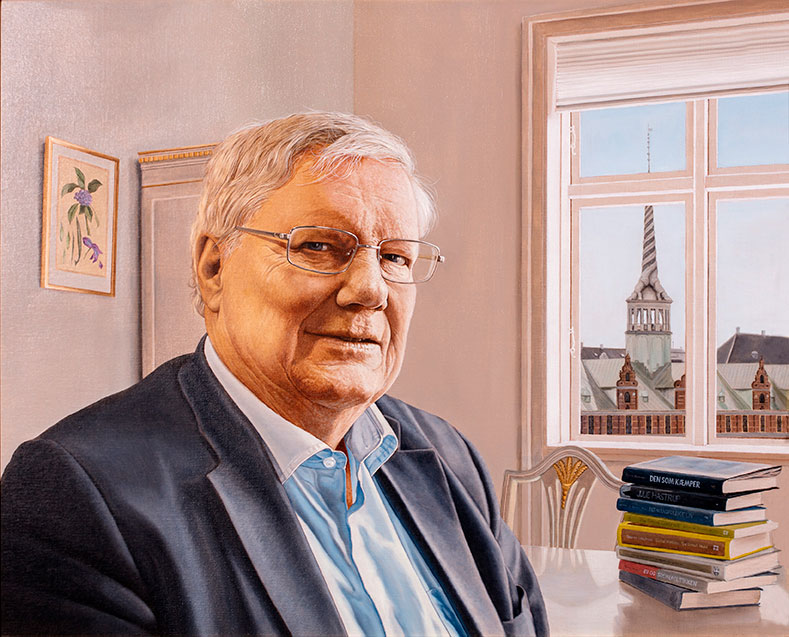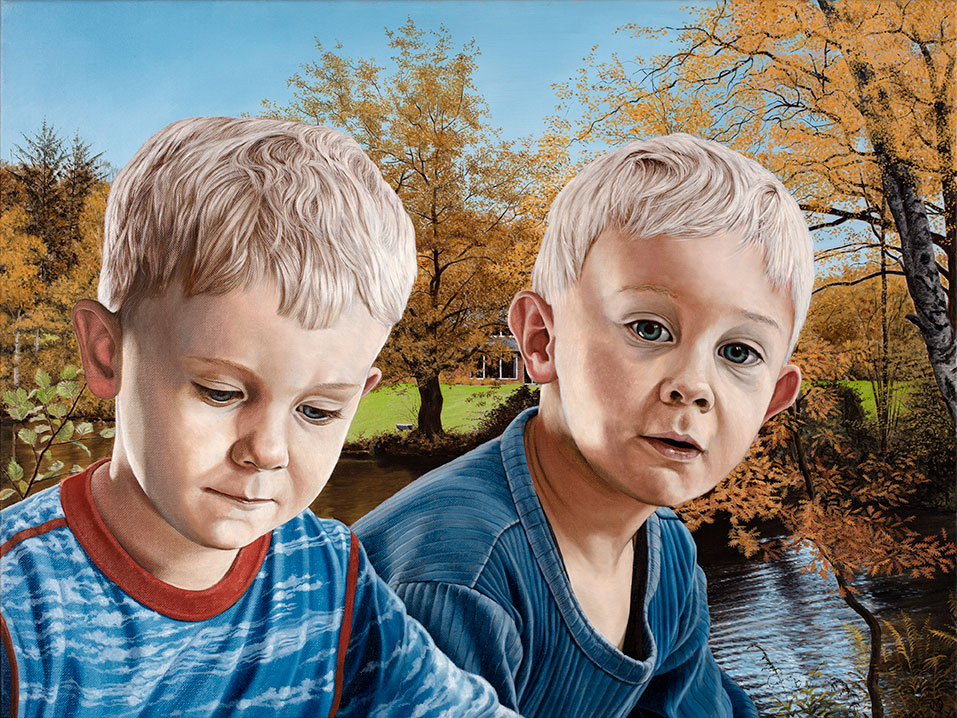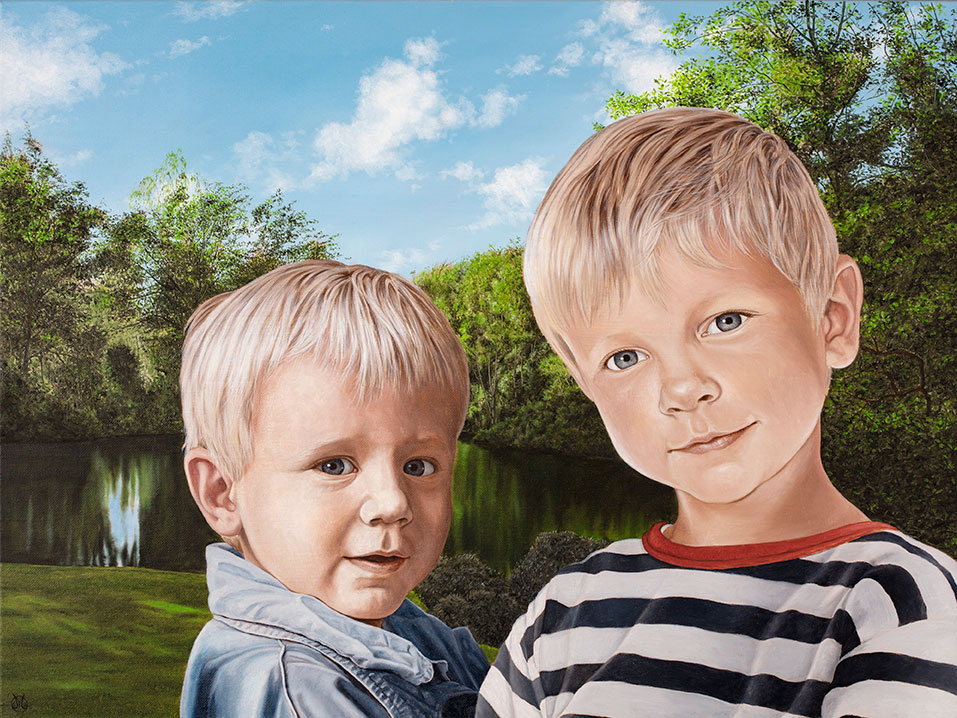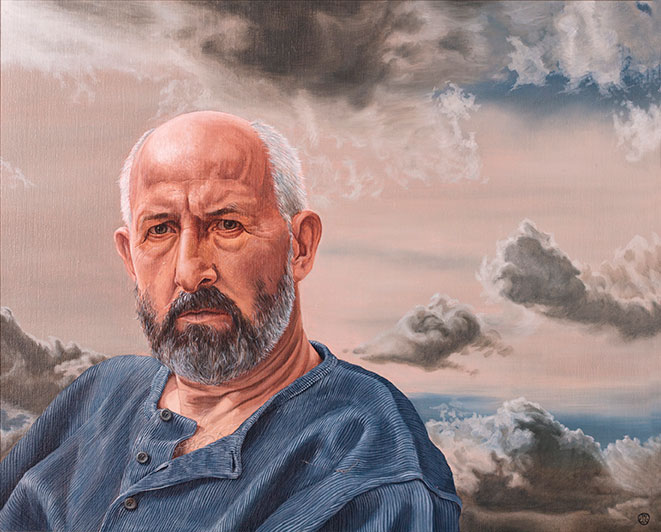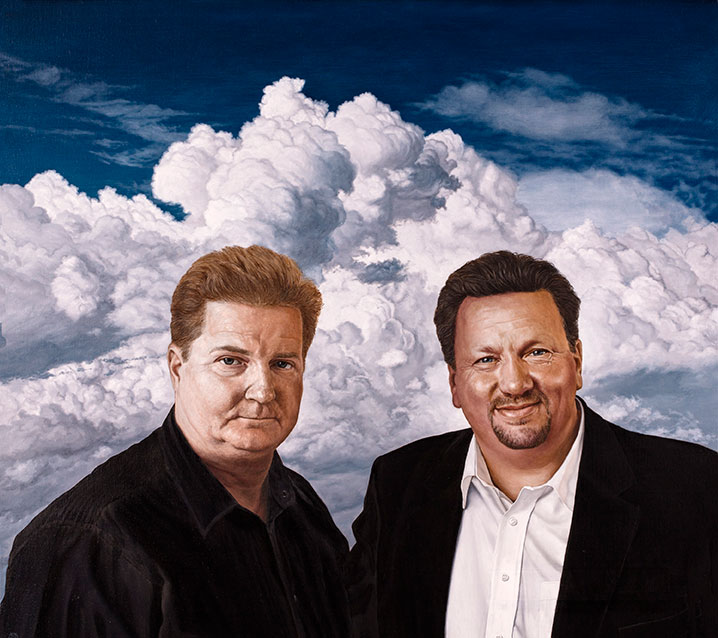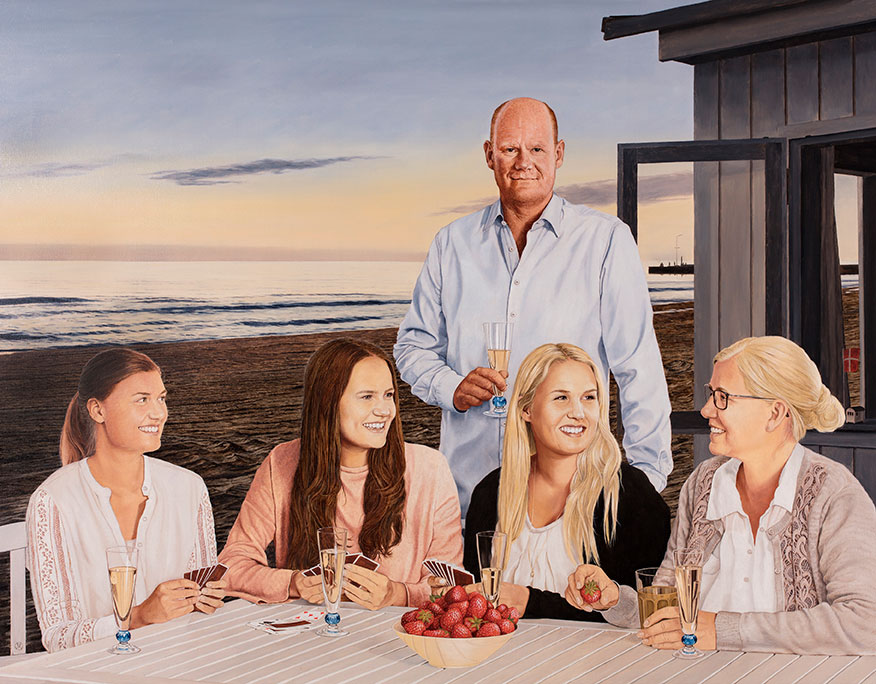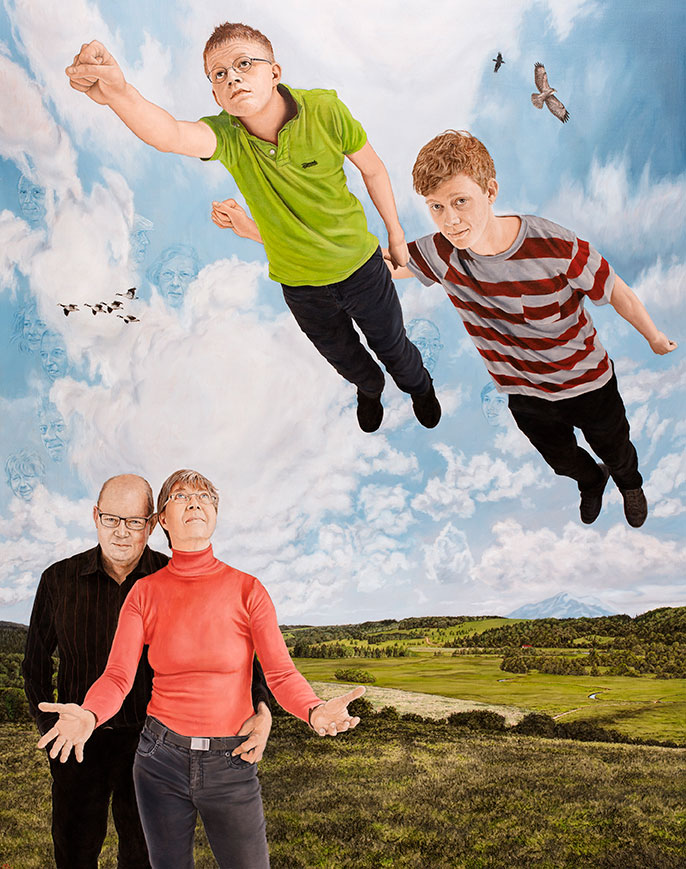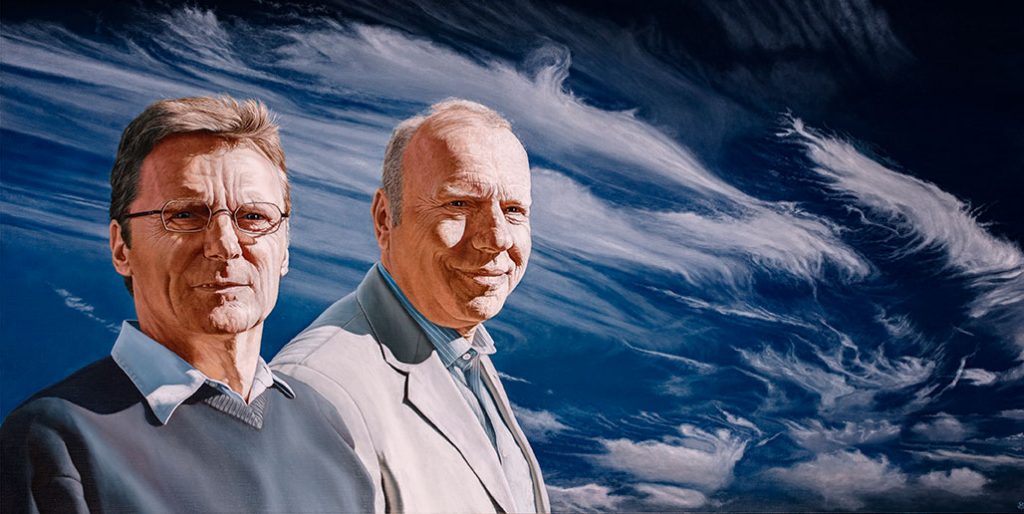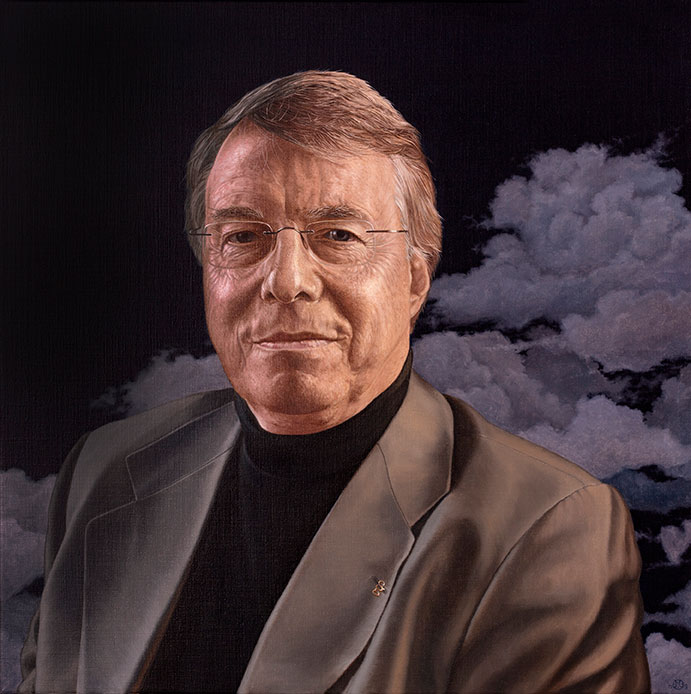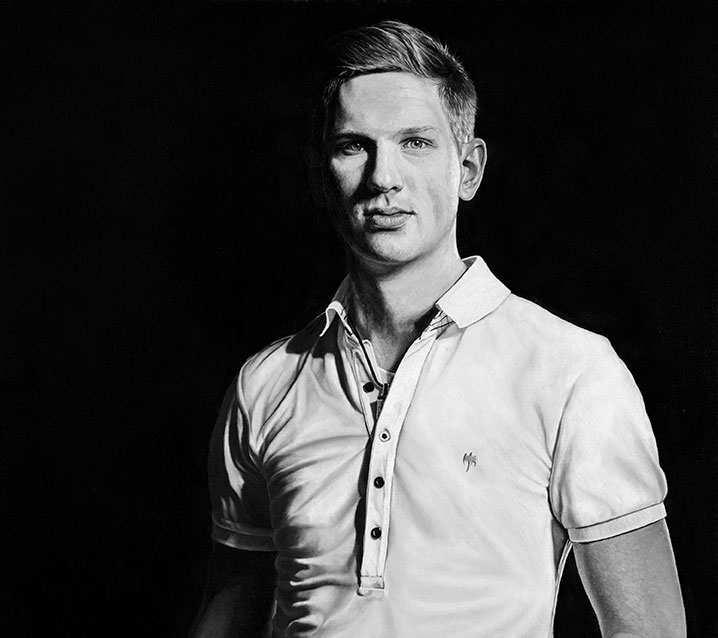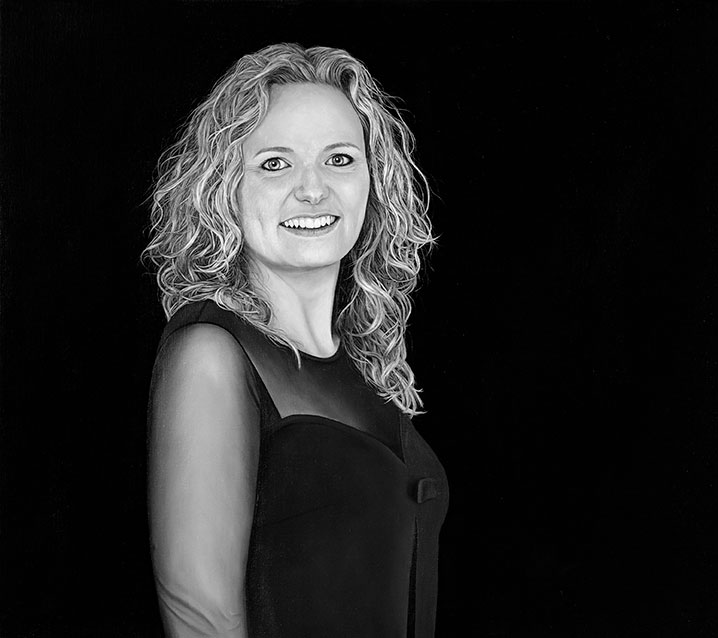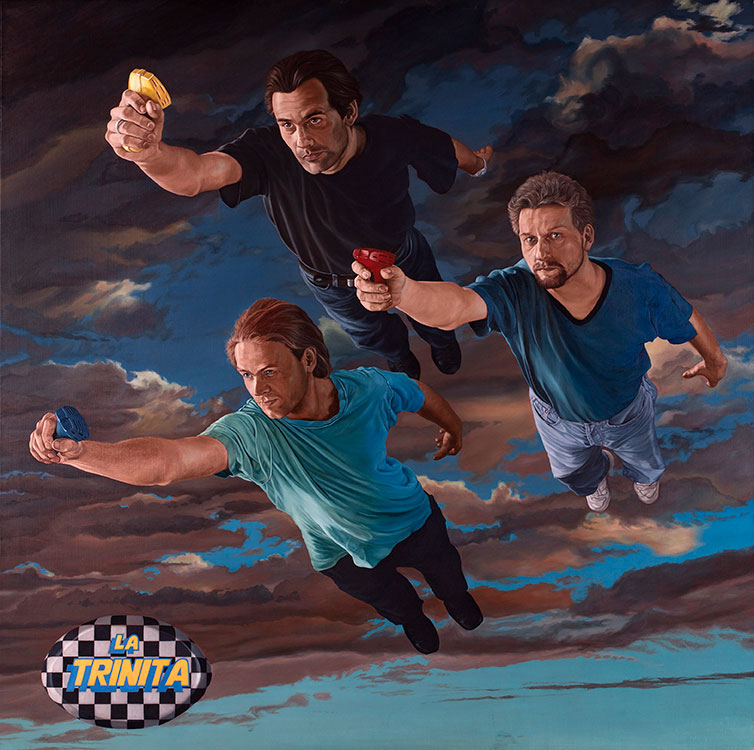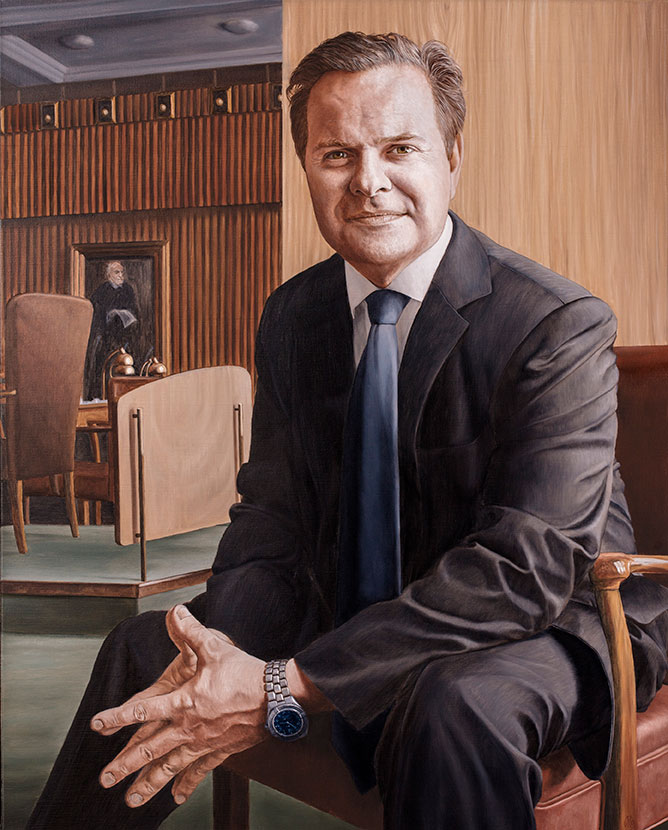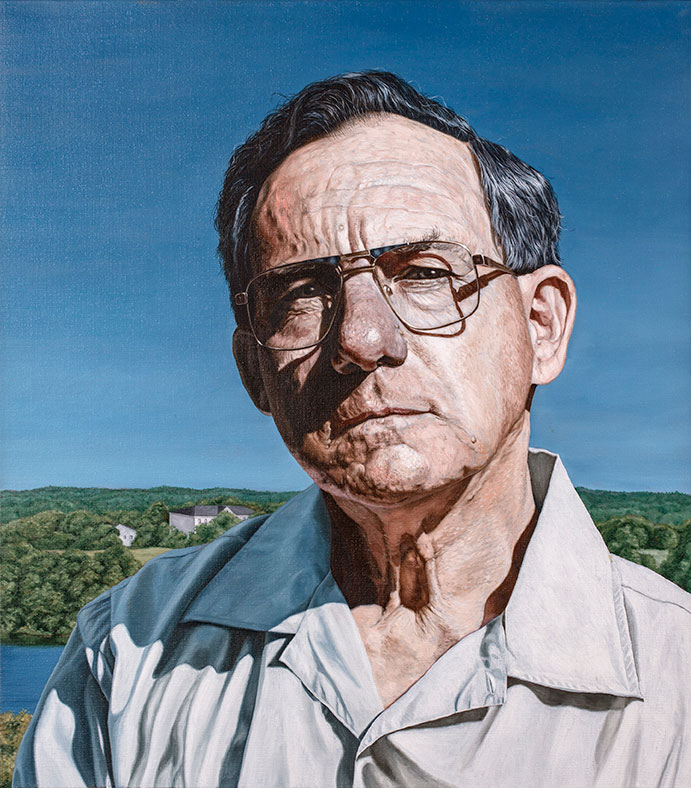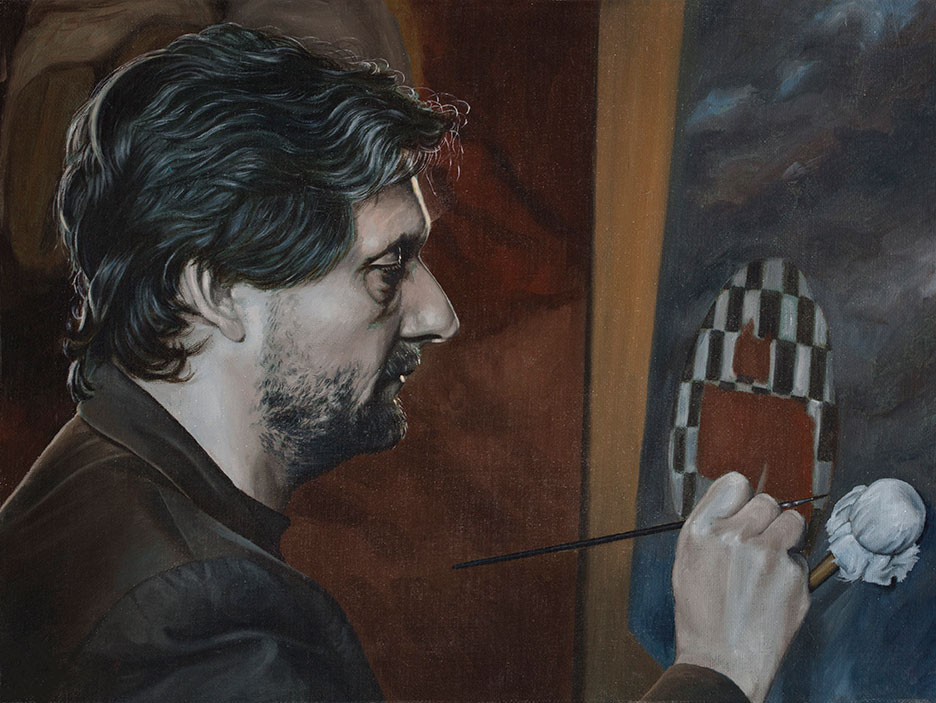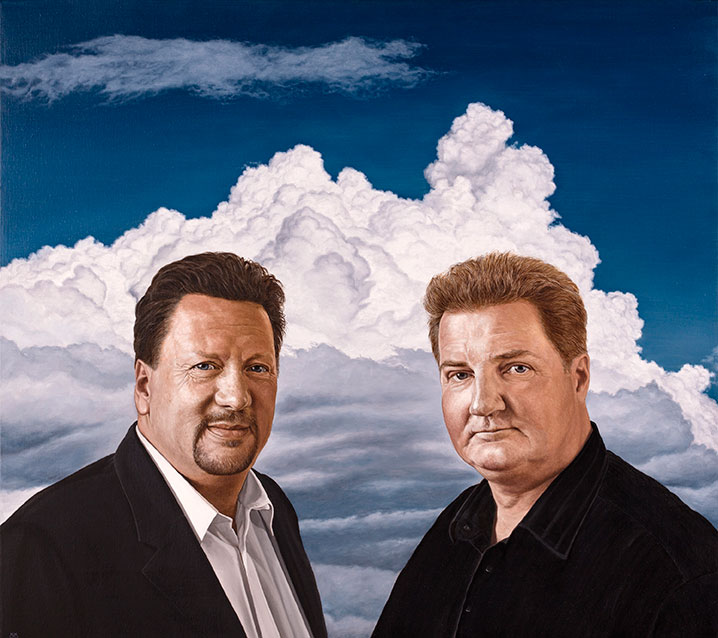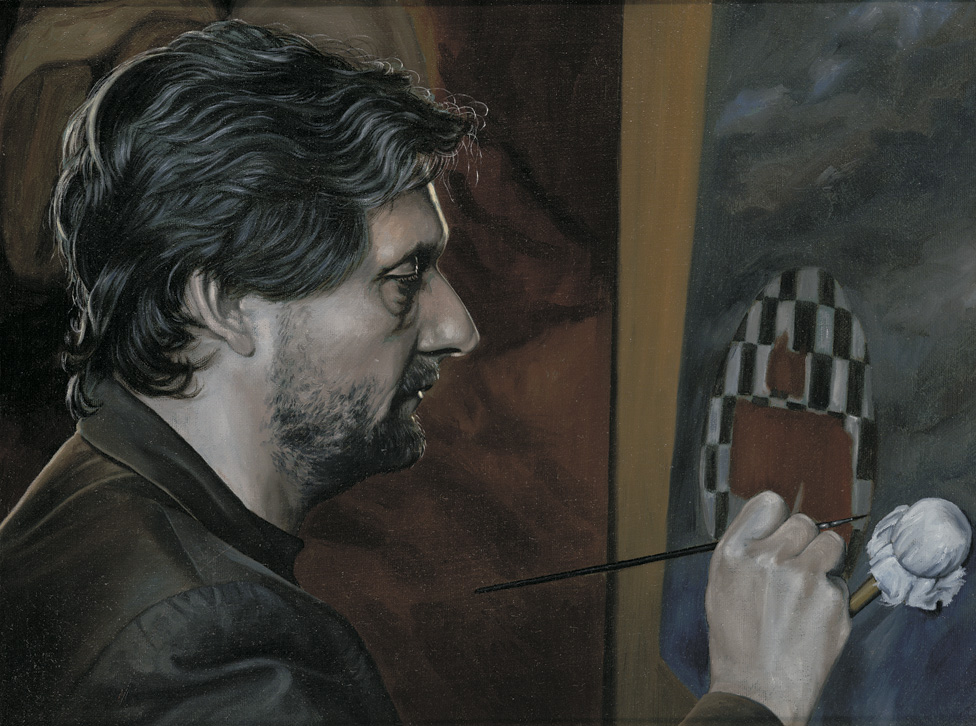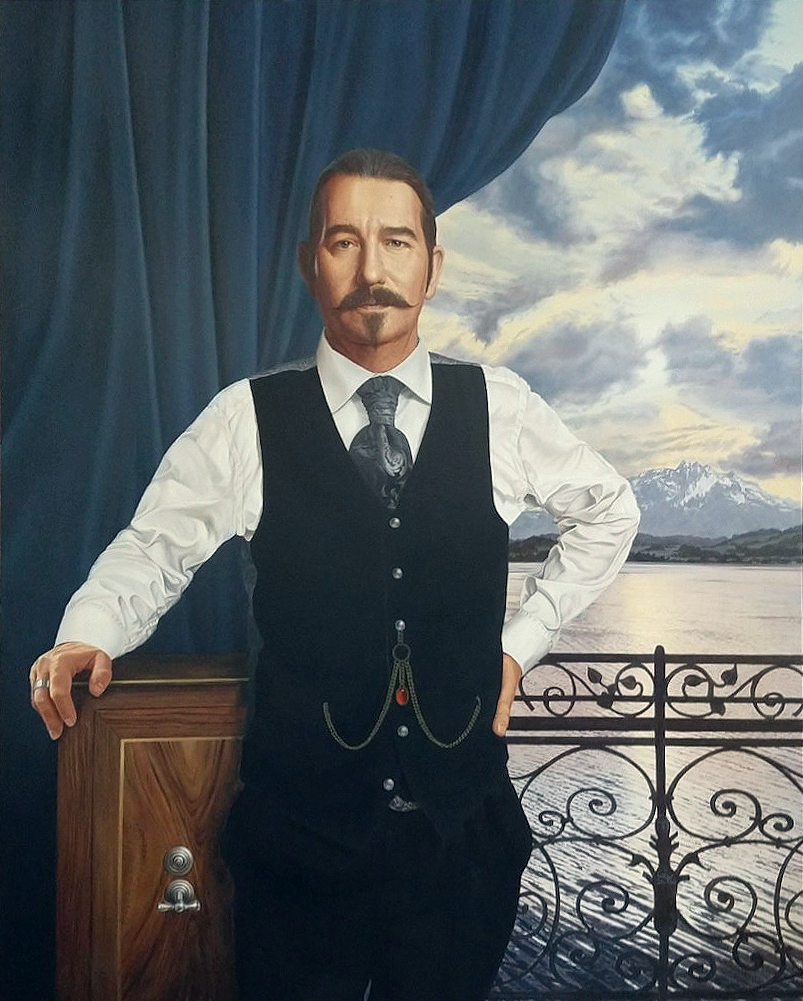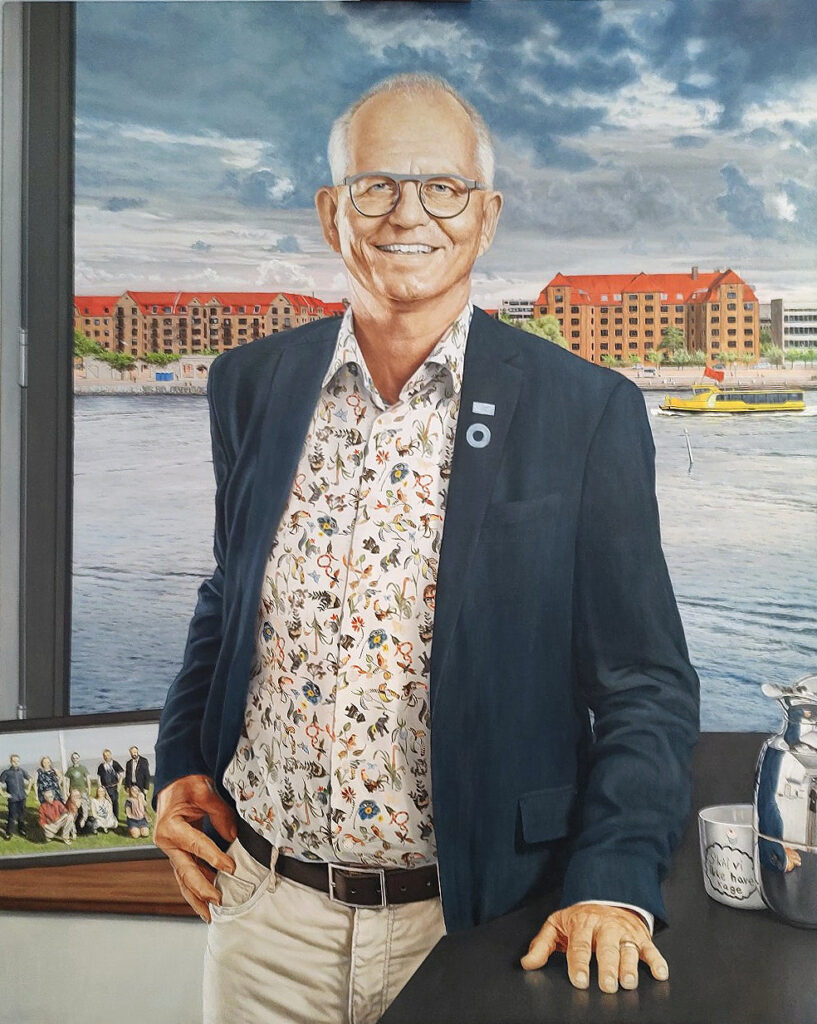Knud Erik Vingtoft, Oil On Canvas, 80 x 100 cm
About Portraits
Come the Renaissance, artists such as Rafael, Leonardo da Vinci, Titian, Michelangelo and Van Dyke emerged whose technical sophistication was so high it was almost deemed impossible for mere mortals to reach.
From that time to the 20th century and the appearance of modernism, layer upon layer of understanding and experience was gradually built up through generations of portrait painters: apprentices learning their trade in the studios of the old masters to they themselves becoming masters teaching their own pupils.
From the late 19th century, with the advent of impressionism, through to expressionism, cubism and abstraction, portrait painting was turned upside down.
There was an understanding that the painted portrait plays its part in the telling of a person’s or a firm’s history. It tells a story and forges a link with the past, at the same time reaching out to the future and coming generations.

